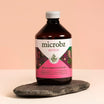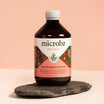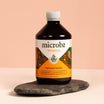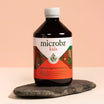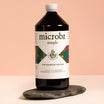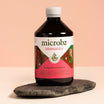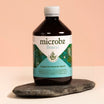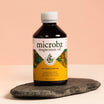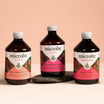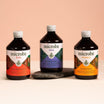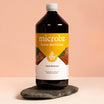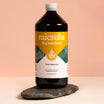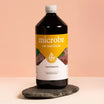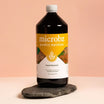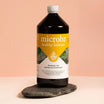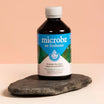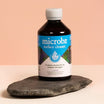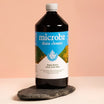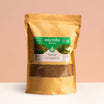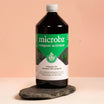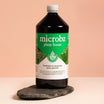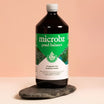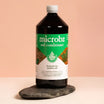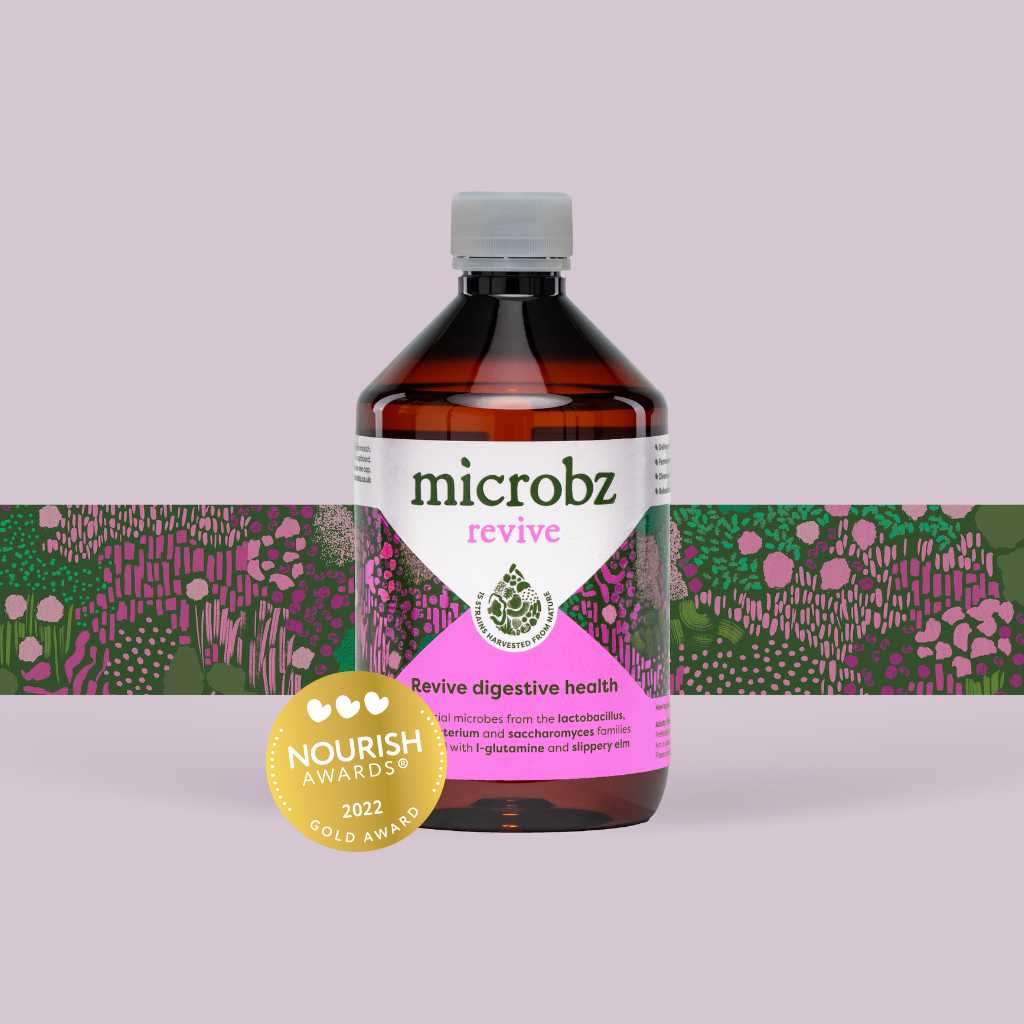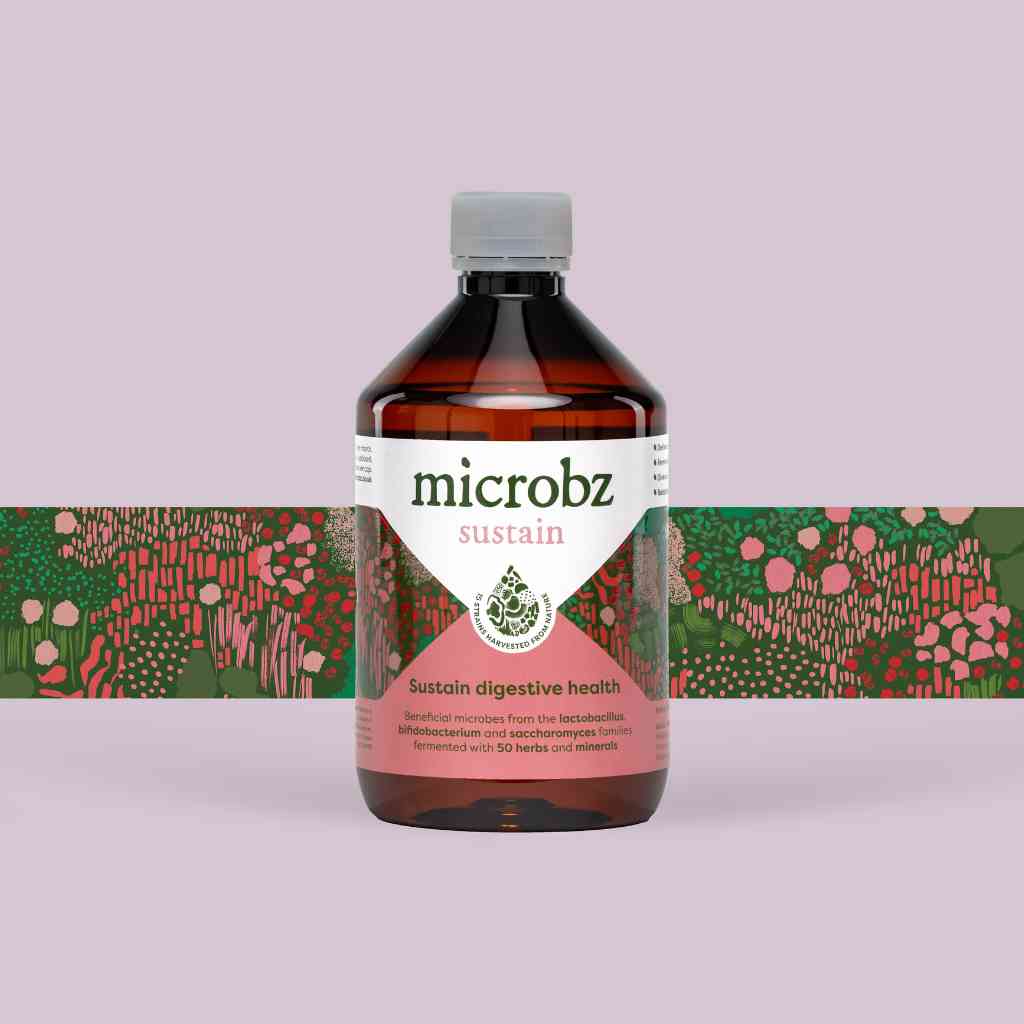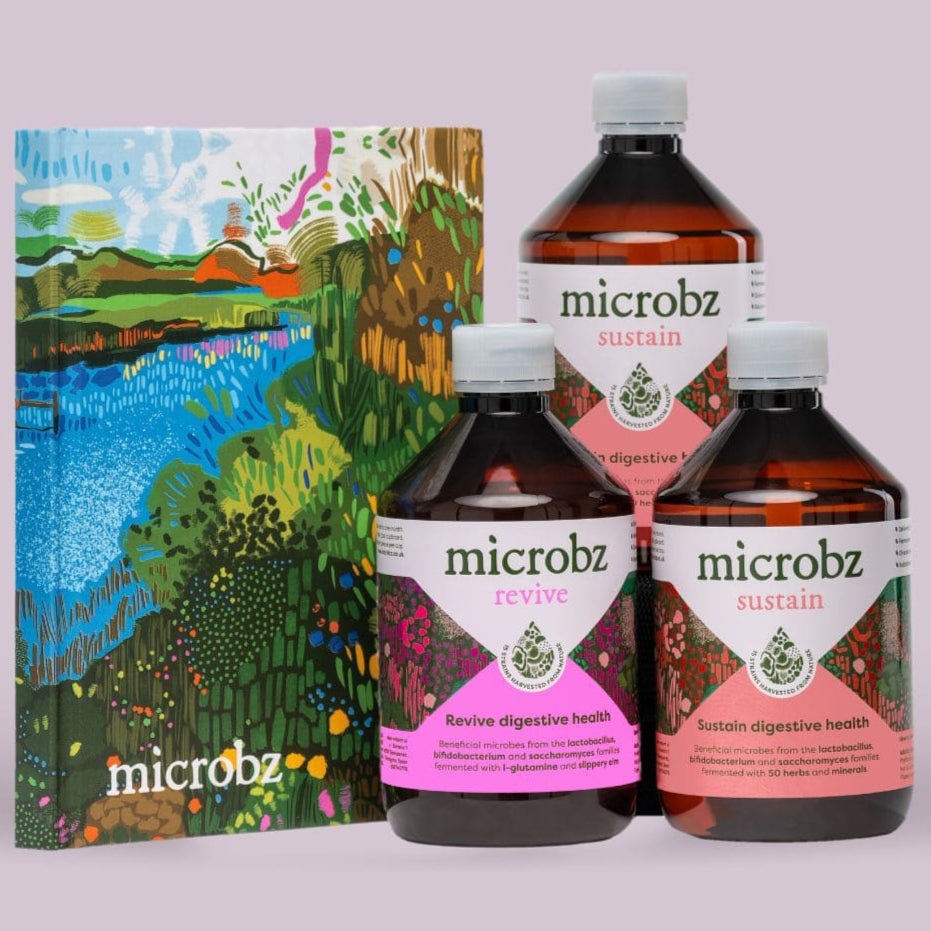Oregon Grape
Mahonia aquifolium
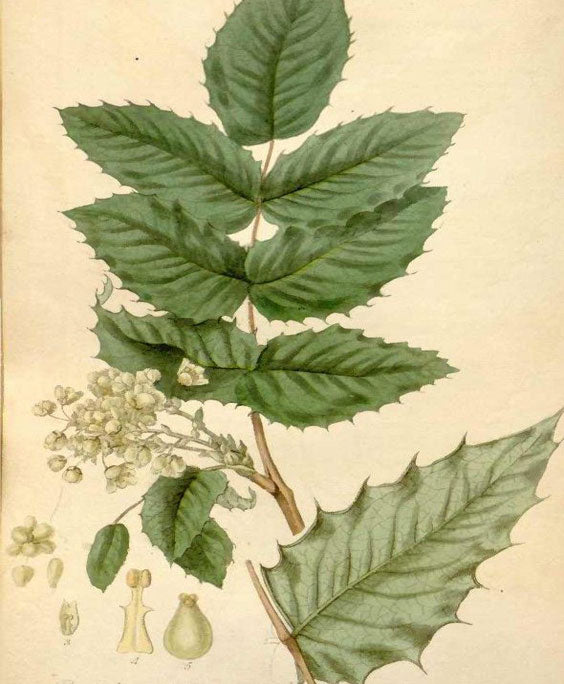
Family: Berberidaceae
Which probiotic is it in?: Oregon Grape is a key herb in Detox
Habit and cultivation: This hardy shrub was native to British Columbia in Canada, traveling down to Oregon. It was introduced to the UK and many of the cooler temperate climates of the world in the early 18th century. Grown from seed or cutting, both frost and drought resistant, it needs very little attention.
Actions (known for): Anti-catarrhal (upper respiratory tract), anti-inflammatory, anti-microbial, bitter tonic, cholagogue and tonic to the spleen.
History of Oregon Grape
Parts used from the Oregon Grape
Rhizome and root.
Constituents (bio available chemicals):
Aporphine alkaloids, aquifoline, armoline, baluchistine, berbamine, berberine, bisbenzylisoquinoline alkaloids, columbamine, corytuberine, isocorydine, isothebaine, jatorrhizine, magnoflorine, obamegine, oxyacanthine, oxyberberine, protoberberine, alkaloids and tannins.
Nutritional constituents:
Minerals: manganese, silicon, sodium, copper and zinc.
Indications:
Acne, boils, impaired digestion, gall stones and gallbladder disorders, bacterial overgrowth in the gut, gout, liver disease, rheumatic conditions, urticaria, psoriasis. Topically: acne and psoriasis.
Dosage:
Liquid extract (1:2): 20-50ml per week. Decoction: 1-2g 3 x daily.
British Herbal Pharmacopoeia
Psoriasis, eczema, catarrhal gastritis with cholecystitis.
Cautions for therapeutic doses
Avoid during first trimester of pregnancy.


